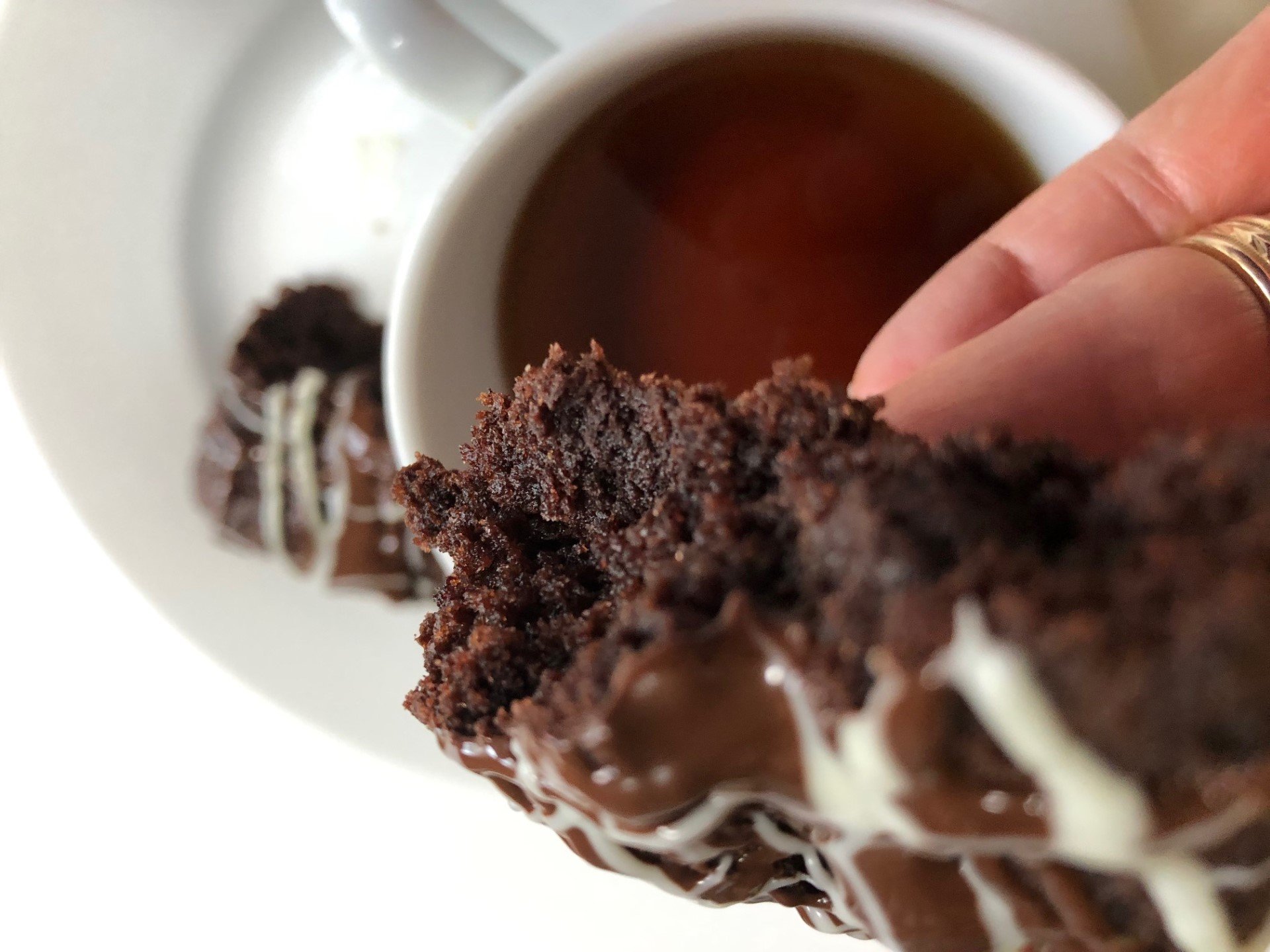GLUTEN-FREE FLOURS: A GUIDE TO THE BEST USES
Fresh Fig Tart
If you're gluten-free, you know that finding the right flours can be a challenge. There are so many different options on the market, and it can be hard to know which ones will work best in your recipes.
Here's a guide to some of the most popular gluten-free flours, and their best uses:
Almond flour: This flour has a mild, nutty flavor and a slightly coarse texture. It's a good choice for cookies, cakes, and muffins. The fine blanched almond flour is used to make the famous French Opera Torte. This dessert is a crown jewel (GF).
Buckwheat flour: This flour has a strong, earthy flavor and a slightly grainy texture. It's a good choice for pancakes, waffles, and crepes.
Chickpea flour: This flour has a nutty flavor and a slightly grainy texture. It's a good choice for falafel, hummus, and flatbreads.
Coconut flour: This flour is high in fiber and has a slightly sweet flavor. It's a good choice for breads, muffins, and pancakes.
Oat flour: This flour has a mild, oat-like flavor and a slightly chewy texture. It's a good choice for cookies, pancakes, and muffins.
Rice flour: This flour has a neutral flavor and a smooth texture. It's a good choice for thickening sauces, making batters, and baking breads.
Sorghum flour: This flour has a slightly sweet flavor and a slightly coarse texture. It's a good choice for cakes, cookies, and breads.
Teff flour: This flour has a slightly nutty flavor and a slightly chewy texture. It's a good choice for injera, a traditional Ethiopian flatbread.
When choosing gluten-free flours, it's important to consider the flavor, texture, and rising ability of each flour. Some flours, like almond flour and coconut flour, are more absorbent than others, so you may need to adjust your recipes accordingly.
It's also important to note that not all gluten-free flours are created equal. Some flours, like chickpea flour and sorghum flour, are higher in protein than others. This can affect the texture and taste of your baked goods, so it's important to experiment with different flours to find the ones you like best.
With a little experimentation, you'll be able to find the perfect gluten-free flours for your favorite recipes. So, get baking!
Here are some additional tips for baking with gluten-free flours:
Use a blend of flours. This will help to create a more balanced flavor and texture.
Add xanthan gum or guar gum. These gums help to bind gluten-free baked goods and prevent them from becoming crumbly.
Be patient. Gluten-free baked goods may take longer to bake than traditional baked goods.
Don't overmix. Overmixing can make gluten-free baked goods tough.
With a little patience and practice, you'll be able to create delicious gluten-free baked goods that baked goods that everyone will love.
All the commercial mixes that I have tried so far are bit weak for bread baking. The commercial flours are okay for quick breads (banana, pumpkin, etc), cookies, pastries, pancakes or white bread texture. My suggestion is to make your own mix, and see what works best for you. In my book, “Why Not Desserts?”, I provide a flour mix with a variation that works great for breads. I also provide a list of other gluten free flours that work great in baking.
Double Chocolate Scone (Gluten and Egg Free). Bake these scones at home anytime with our Double Chocolate Scone Mix.



